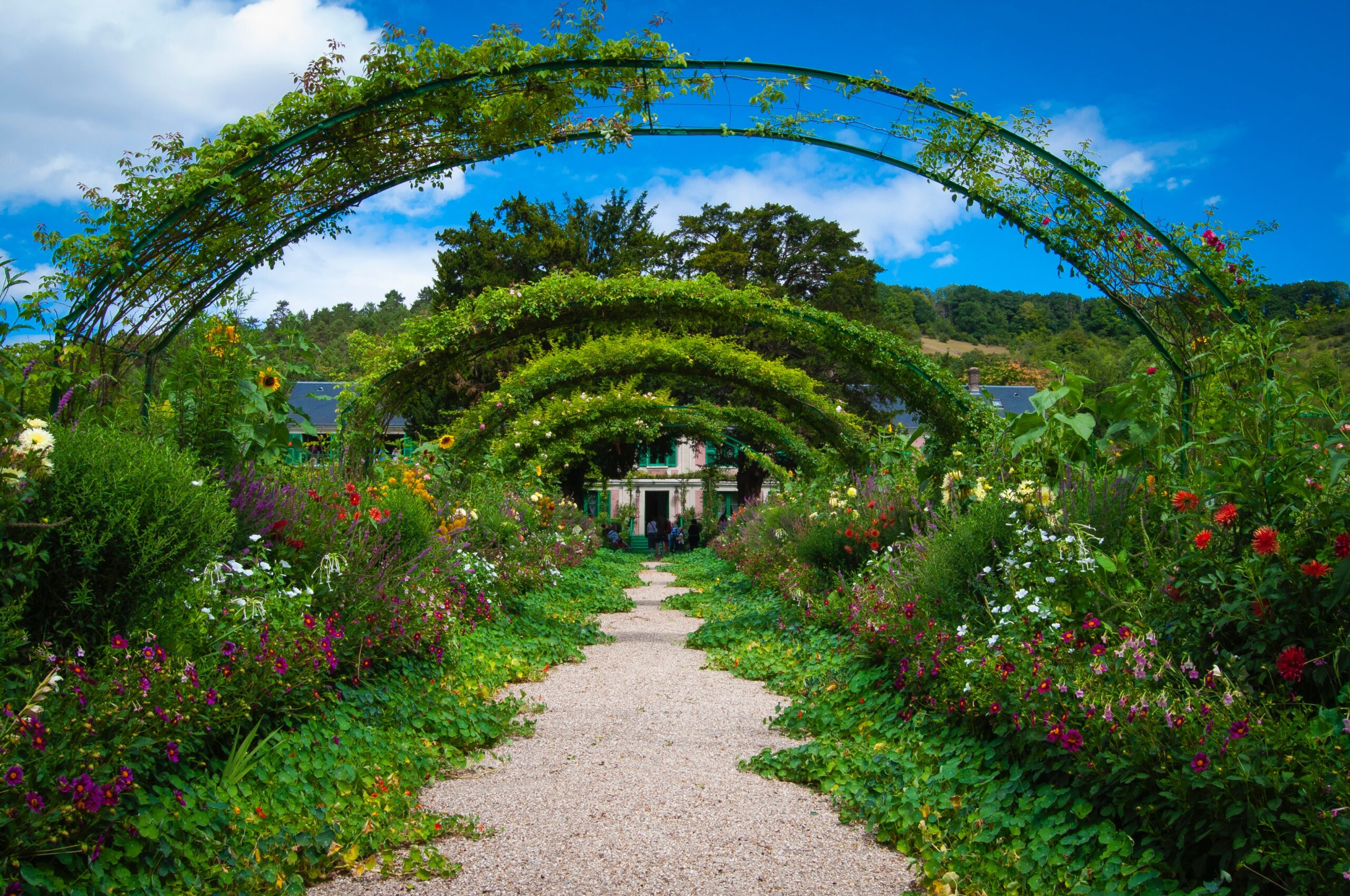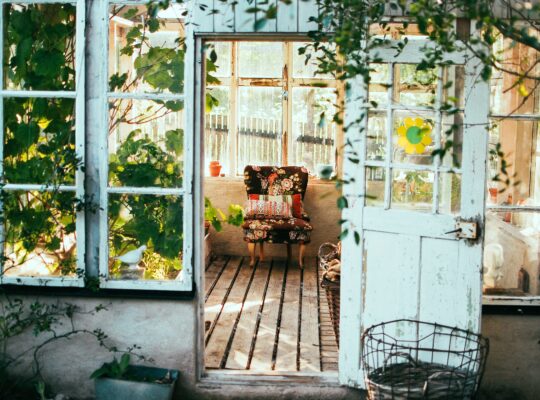If you’re one of those people who love spending time outside, then you know that having a beautiful garden is a must. It can be a bit daunting, however, to try and build one from scratch. Fortunately, there are plenty of tips and tricks out there to help make your garden look amazing. In this blog post, we’ll discuss some of the best ways to build a garden flow that looks great. From planting patterns to irrigation systems, we’ll cover everything you need to get started. So go out and build the garden of your dreams today!
What type of garden do you want to build?
If you’re looking for a garden that can be enjoyed year-round, look into a walled garden. A walled garden is made up of tall plants backed by a fence or walls to keep animals and children out. They are perfect for people who want privacy or want to grow plants in an enclosed area.
If you’re looking for a garden that can be enjoyed all summer long, go with a borderless garden. A borderless garden doesn’t have any boundaries, so it’s great if you have a large space and want to use it all for your plants. You’ll need to make sure that the plants in your borderless garden are able to handle being near each other and getting lots of sunlight.
What kind of plants should be in your garden?
When planning your garden, think about the type of plants that will thrive in your climate and soil. Here are some types of plants that can be found in most gardens:
– annuals: These plants grow for one season and then die off. Annuals include flowers like daisy, zinnia, and marigold; vegetables like garlic, onions, and tomatoes; and herbs such as thyme and basil.
– perennials: These plants keep their leaves or flowers year-round. Perennials may need to be divided in the winter to prevent them from becoming too woody. Some popular perennials include roses, lilies, sunflowers, ivy, daylilies, hostas, and camelia palms.
How big of a garden do you want?
In order to build a garden flow that looks amazing, you need to start with a plan. This means thinking about what you want your garden to look like and designing it around those goals. Once you have a design in mind, start planning the layout of the garden using a garden flow diagram. Next, figure out what plants will work best in your particular space and buy or plant them accordingly. Finally, keep an eye on the maintenance required for your garden flow and make sure you are taking care of it year-round so it looks great!
How to plan your garden flow
There are a few things to keep in mind when planning your garden flow. The first is that you should think about how much space you have and where you want your plants to go. You can also map out the different areas of your garden, such as the front yard, back yard, and side yards. Once you have an idea of where everything will go, it’s time to begin selecting plants!
When selecting plants for your garden flow, it’s important to think about what will work together and what will look good together. For example, if you’re planting flowers in a container outside on the porch, consider choosing plants that are similar in color or type. This way they’ll look cohesive when they’re in bloom.
Once you’ve selected your plants, it’s time to get started on preparing the ground. You can add compost or manure to the surface before planting your seeds or bulbs, which will help them grow healthy and strong. Make sure there is plenty of water available so that the plants can get hydrated during hot weather months.
Now it’s time to start planting! Start with small containers or pots near the door or other high traffic areas so that people can see how beautiful their new garden looks right away. As you plant more containers further into the garden, make sure to fill them in with soil so that everything is level andLooks neat and tidy!
Tools you’ll need for your garden
To build a garden that looks amazing, start by preparing the soil. Add organic matter like compost and aged manure to create an enriched layer of soil. Next, add a layer of grit to improve drainage and ensure your plants have the best possible root system. Follow up with a layer of loam to provide stability and fertility.
Now is also a good time to plant your favorites! Start with vegetables like squash, cucumbers, and peppers, then move onto flowers like roses or daisy varieties. Once everything is in place start mulching around the plants to keep them cool and moist during the hotter months. Last but not least, give your garden some love with regular maintenance including weeding and pruning. And viola – you’ve created an amazing looking garden that will last years!
How to water your plants
There are a few key steps to watering your plants correctly, and following these simple guidelines will help ensure that your plants get the water they need in order to grow healthy and thrive.
1. Water your plants early in the morning or late at night when the weather is cooler. When the temperature is high, water can evaporate from the plant roots too quickly, leading to moisture deficiencies.
2. Use a timer or an app on your phone to help you water your plants according to schedule. Watering plants on a regular basis will help them conserve water and grow healthier plants overall.
3. Check the soil’s moisture level frequently; if it’s dry, add enough fertile soil amendments (such as compost) to make up the deficit before watering again. Over-watering can cause root rot, while under-watering can lead to mildew and loss of foliage growth.(source: How To Build A Garden Flow That Looks Amazing)
How to fertilize your plants
There are a few basic steps you need to take when fertilizing your plants. First, determine what type of plant you have. Once you know the kind of plant, you can start to look for information on fertilizing that specific type of plant. There are a few general guidelines that will work for most plants:
-Fertilize monthly during the growing season with a balanced fertilizer designed for plants.
-Avoid fertilizing before or after flowering since this will promote excess growth and blooming.
-Use water soluble fertilizer rather than granular fertilizer which will be absorbed better by the plant’s root system.
Planting instructions
In this tutorial, we will show you how to build a garden flow that looks amazing. This garden flow is perfect for all types of gardens and can be customized to fit your own design. We will start by explaining the different elements of this garden flow, and then show you how to put it together.
Harvesting instructions
If you have a sunny spot in your yard that you want to turn into a garden, then read on for some harvesting instructions!
1. Choose the right growing area: If you live in an area with a mild climate, you can try growing vegetables in pots on the front porch or balcony. If your climate is colder, go for a ground-level garden. Make sure to research the best soil and seed varieties for your area before planting.
2. Get organized: Before you start planting, clean up any debris that may have accumulated over the winter and organize your growing tools and supplies accordingly. This will make it easier to work in later.
3. Prepare the soil: Before planting, mix 1 cup of organic matter (such as compost) with every 5 cups of soil. This will help improve drainage and increase moisture levels in the soil.
4. Plant! Follow these simple planting instructions to get started:
Choose vegetables that are compatible with your region’s climate. Start by prepping the ground by mixing organic matter with the dirt before adding seeds or plants.
Plant at an angle. This will help reduce water runoff and keep roots cooler during hot weather months.
Space plants evenly. This will also encourage even growth which will result in larger vegetables.
Vegetables should be planted at an angle to reduce
Putting your garden together
Building a garden flow that looks amazing isn’t as hard as you might think. Follow these simple tips to get started.
1. Choose the right plants: Start by choosing the plants that will best fit your space and personality. Think about what you want your garden to look like, and choose plants accordingly.
2. Plan your layout: Once you’ve chosen your plants, it’s time to plan out your layout. Use a combination of height, width, and depth measurements to create a visually appealing design.
3. Create pathways: Make sure each area of your garden has specific paths or walkways so visitors can easily move around. This will help make your garden more organized and less cluttered-looking!
4. Add accents: Finally, add some extra touches of color and interest to create an amazing garden flow! This could include flower beds with different colors or unusual shapes, stone pathways, or even benches for relaxing in the sun.









